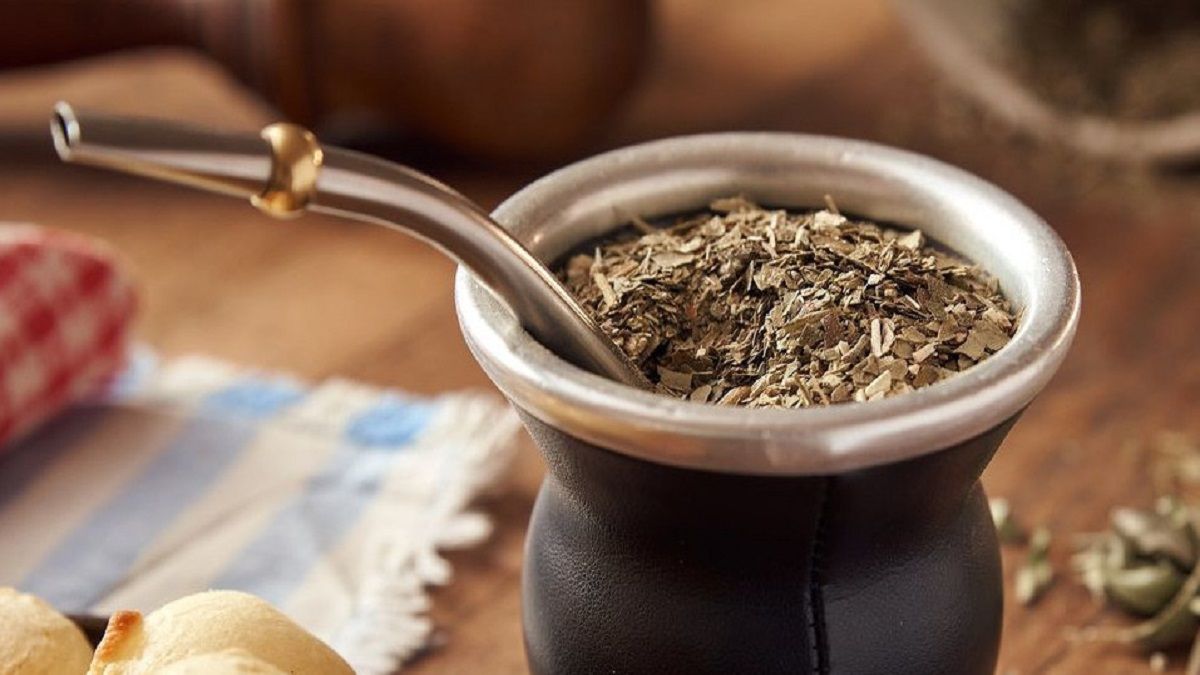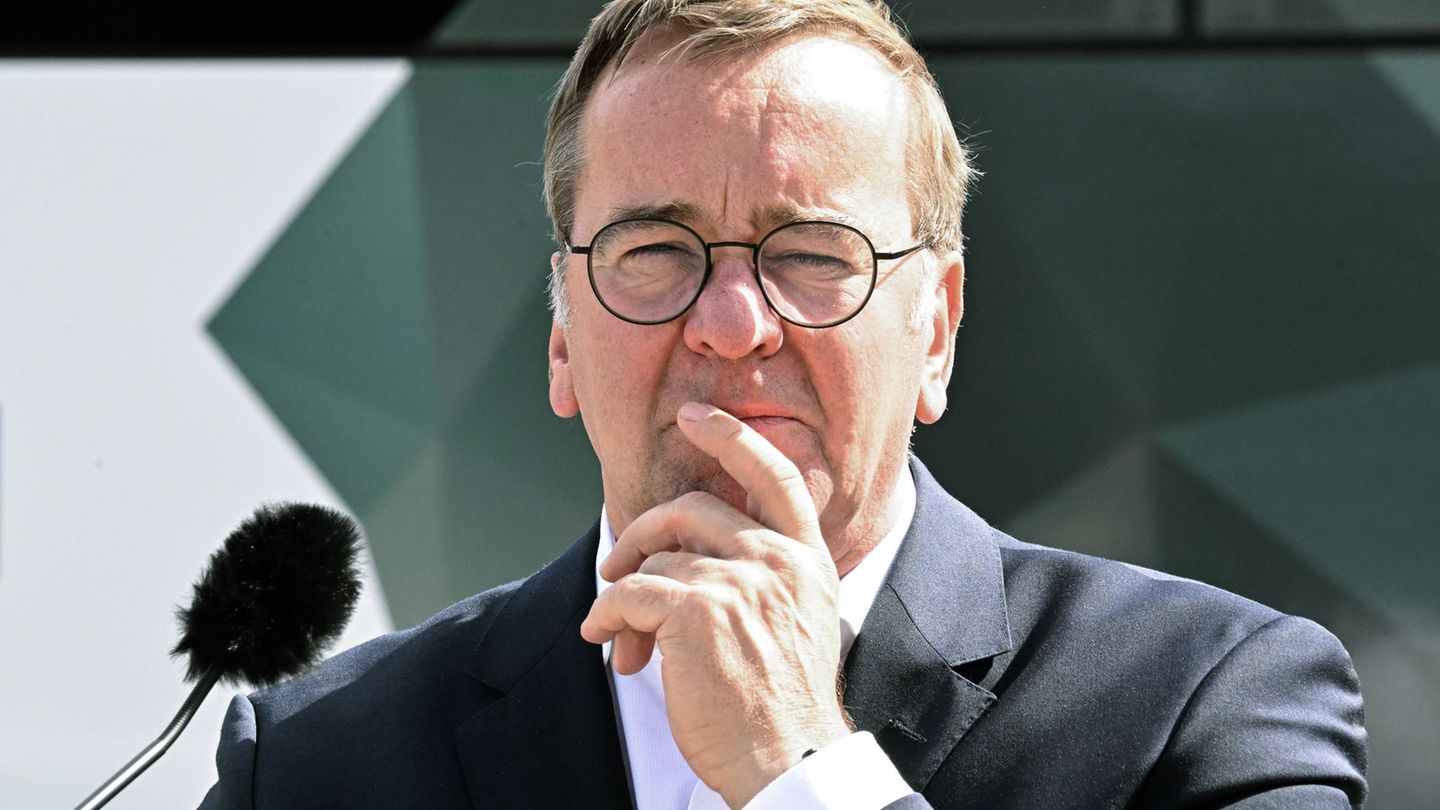The missionary producers held a protest to stop marketing and asked that the price of green leaf go above $230 to $500. With an increase of this magnitude, the price of marijuana on shelves would increase by more than 100%.
It seems like years ago, but in reality it was very recently. In October 2023, the Government of Alberto Fernández established the price of yerba mate at $169 with gradual increases until reaching $250 in March 2024.
From the Federation of Rural and Forestry Associations of Misiones (FARM) they warned that the inflationary process of recent months increased productive costs, where labor, fertilizers and herbicides, fuel, tires and machinery spare parts cut heavily into the economic structures of each agricultural holding. When faced with these increases, producers are forced to work below the cost of production and face the need to review sales prices.
Claudio Hacklanderdirector of the INYM on the production side, assured Ambit who began the year by holding meetings in various yerba mate areas to discuss how to get them paid a fair price for yerba mate. The thing is With high levels of inflation, any previously agreed price is delayed and the productive business lacks profitability.
Until a few days ago, a producer charged $210 per kilo of green leaf, meaning that the primary link received 10% of the price that a consumer pays for yerba mate on the shelf. According to previous conversations, from now on a 10% increase should be finalized, which would be repeated month by month until May. That is to say, the price of the raw material should be paid $230, however it is clear that this increase is extremely short just by taking into account that in December general inflation was 30% and that in January it is presumed that it would be close to 20%. %. With these numbers, it is impossible to believe that whoever produces can stay in the system with a mere 10% increase in the price he receives for what he does.
To find out what the real price that herbalists need to be profitable, all the producer associations and self-convened members met, worked on their cost grids and resolved that for February and March deliveries they should charge $505 per kilo and review again. after those months, depending on the inflationary increases reported by INDEC.
Nowadays, a one-kilo package of weed ranges between $2,800 and $3,200, depending on the brand, the place of sale and the variety sought, which – if we follow arithmetic logic – an increase of more than 100%. would take the product above $6,000/Kg.
When asked about this issue, Hacklander pointed out that the increase of approximately $200 in the gross product should not have a great impact on the shelf, however in practice price increases do not work that way but rather obey the law. of supply and demand and to the Argentine reality, where fundamentally the products in the food basket tend to suffer increases higher than the monthly inflation itself.
Does the internal market validate the increases?
The National Yerba Mate Institute (INYM) confirmed that the yerba mate sector closed last year with record sales. During 2023, 285,430,373 kilos left the mills, almost 10 million more than in the same period of 2022.
The increase is less than 4% but it is very notable that this occurs in a context of economic deterioration and very high inflation, because the purchasing capacity of households was severely decimated. However, one of the sectors in which consumption grew is among the most humble, because in many cases mate cooked with a piece of bread is used as a replacement for some strong meals, mainly dinner.
Source: Ambito




